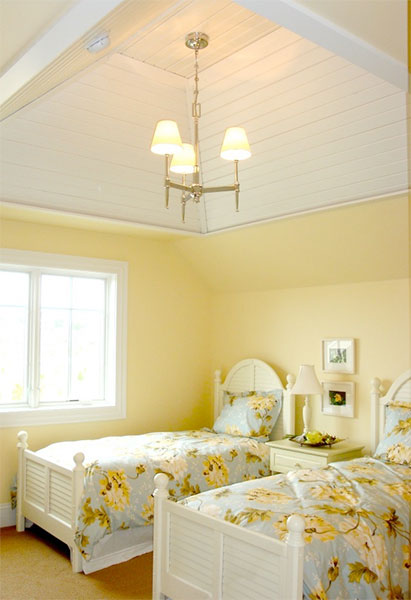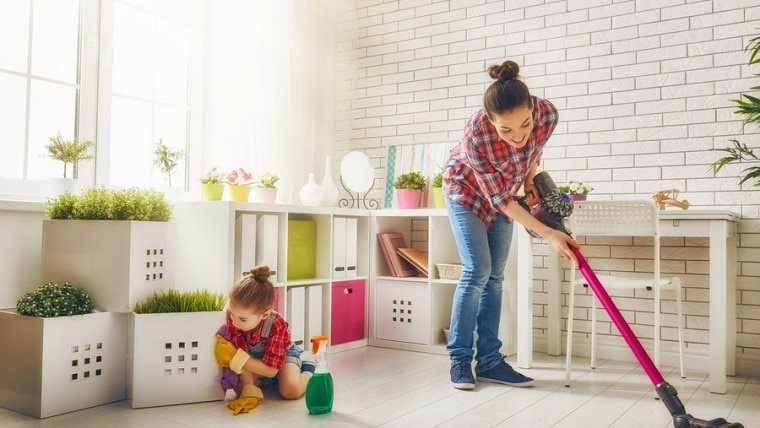As we move into cooler fall and winter months, many of us will be spending more time cozied up indoors. As much as we love the comfort of our homes, the Environmental Protection Agency cautions that indoor air can be two to five times more polluted than the air outside. Breathe easier with these tips to improve the air quality in your home.
Install carbon monoxide detectors.
Carbon monoxide poisoning is deadly and easily avoidable. Install carbon monoxide detectors in hallways outside of bedrooms and near the kitchen. Test detectors and check batteries regularly.
Test smoke detectors.
Now is the perfect time to ensure your home is protected with adequate and functioning smoke detectors. Ensure your home has a smoke detector in every bedroom and hallway, and test that the batteries are working.

Use air purifiers in bedrooms.
Air purifiers are available in a variety of price ranges. Be sure to choose one that is appropriate for your room size, and level and type of purification needed. Change filters as recommended.
Replace HVAC filters.
Many furnaces and air conditioners do a great job of capturing dust and other air pollutants, but they are only effective if the filters are replaced regularly.
Bring nature in.
Houseplants are more than pretty – they also absorb carbon dioxide, produce oxygen, and remove indoor air pollutants. NASA recommends one indoor houseplant for every 100 square feet in your home.


Indoor houseplants not only look great, they also help clean the air!
Eliminate cigarette smoke.
First- and second-hand cigarette smoke is deadly. Quitting smoking is the only way to eliminate this risk. In the meantime, reduce your family’s risk by requiring smokers to smoke outside away from doors and windows.
Test for radon.
Radon is the second highest cause of lung cancer in the United States. It is colorless and odorless and almost certainly in your home. Radon testing kits are inexpensive and available at your local hardware store. Test for radon in your home at least annually, and follow recommendations to reduce levels in your home if necessary.

Green your clean.
Avoid harmful vapors and poisonous chemicals by using only all-natural, nontoxic cleaning supplies. Better yet – save money and make your own all-natural cleaning products. Just a few simple grocery items are all you need to clean every surface of your home.
Freshen your home naturally.
Synthetic air fresheners and scented candles emit dozens of chemicals and gasses throughout your home. Instead, scent your home naturally by simmering a pot of cinnamon and cloves on the stovetop or diffusing 100% pure essential oils.
Vacuum often.
Carpets and rugs harbor dust mites, pet dander and other allergens that can be highly irritating. Reduce amounts by vacuuming at least twice a week with a vacuum cleaner that has strong suction, rotating brushes and a HEPA filter. For best results, vacuum upholstered furniture as well.
The air quality in your home is an important factor for your family’s health. These simple changes and precautions will have you breathing easier as you enjoy your time indoors.
Dusty Rogers is the blogger, mother, maker, decorator and drinker of the wine at All Things G&D - a lifestyle blog where home décor, DIY and organization, healthy meals and kid-friendly snacks, party planning and entertaining all happily play together in the sandbox. Dusty lives in Madison, WI with her husband Greg and their daughter Kate, and she spends her days balancing high maintenance tendencies with a desire to keep things simple.

















